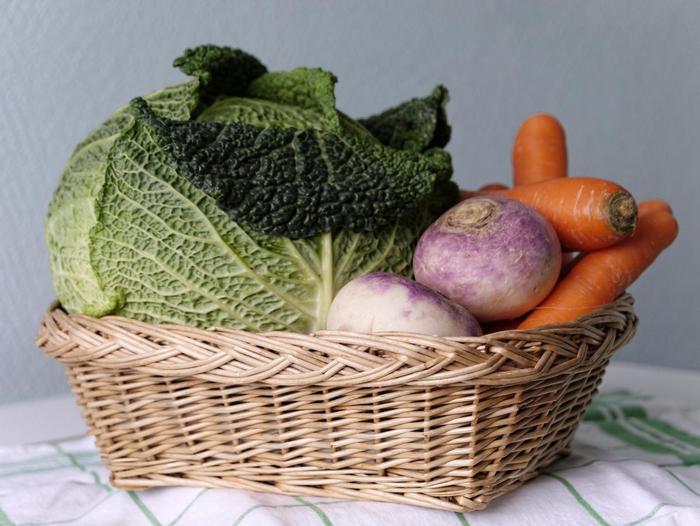I have one of “those” kids. The kind that turns his nose up at almost every vegetable and fruit imaginable despite us always having healthy food around. His diet consists of peanut butter, bread, chicken, milk, cheese, yogurt, steak and snacks. Perhaps you have one too. He is very sensitive to texture which makes it hard for him. One trick I have found is to give him fresh fruit smoothies (with a little spinach) a few times a week. He doesn’t love them, but he will at least sip on them. But maybe, just maybe, the answer is even easier than we thought!
A new study by the Journal of Preventative Medicine decided to take a group of children from seven elementary schools. Three of the schools switched their recess time from after lunch to before. The other schools kept their recess after lunch as a control group. The data from the schools was then collected after 2 weeks, and helped determine the average number of fruits and veggies eaten and how much food was wasted by the students.
Treehugger.com shares the promising results:
“Moving recess to before lunch increased consumption of fruits and vegetables by ‘0.16 servings per child’, which might sound small, but it represents a 54% increase, which is huge. Pre-lunch recess also increased the number of children eating at least one serving of fruits or vegetables by 10% points. Another beneficial effect of this simple change was the dramatic reduction in wasted food, by about 40%.”
My son’s school has lunch before recess, and I can promise you he comes home every day with his lunch bag still half full. This is for two reasons. First, the school doesn’t allow very long lunches. The kids are rushed to eat. Second, all the kids can think about is recess, so they rush even more so they can get outside to play.
Allowing children to eat after they play allows them to focus on their food, and helps to increase their appetites. Everything is more appealing when you are hungry!
So there you have it! Perhaps parents and educators can use this tool to help picky eaters get more of the food they need in their little bodies.




